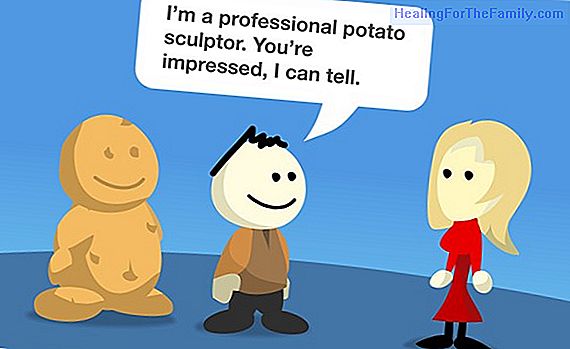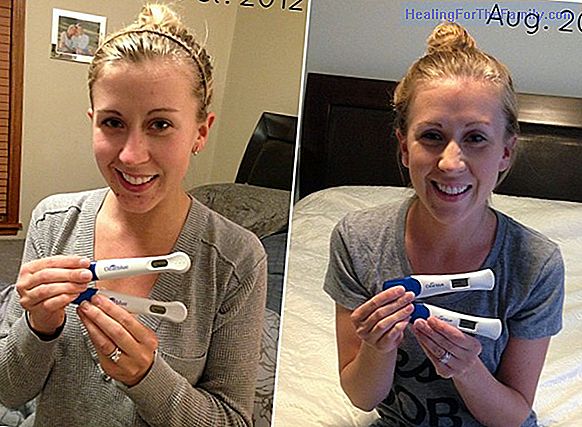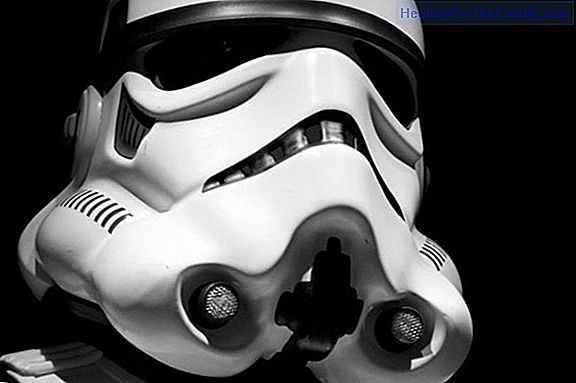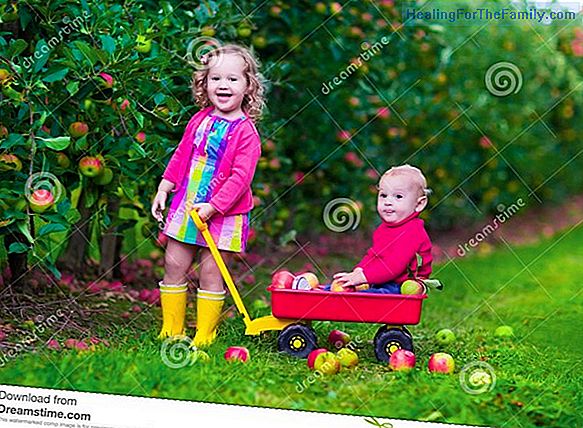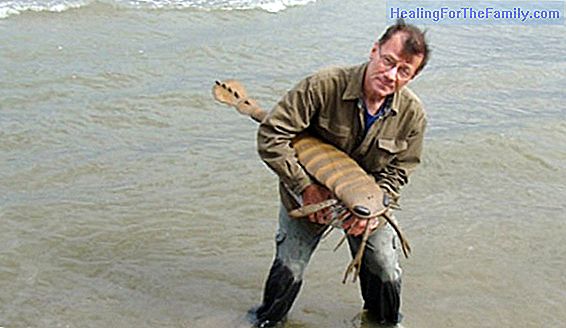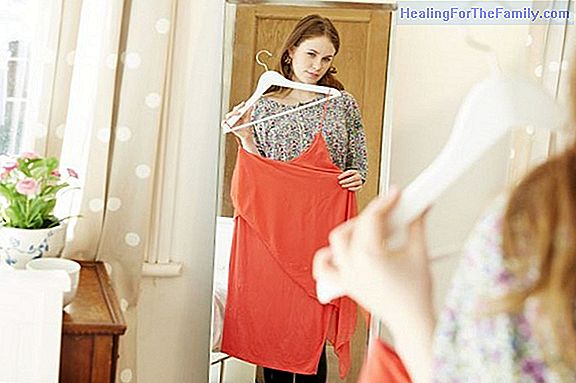Babies in the water. Material needed
The safety of babies and children in the pool is a concern of parents. Learning how to defend oneself in the water is one of the teachings that begins to be done at younger ages, not only because of the benefits of swimming for the baby, but also to avoid unnecessary dangers and, for this, the monit
The safety of babies and children in the pool is a concern of parents. Learning how to defend oneself in the water is one of the teachings that begins to be done at younger ages, not only because of the benefits of swimming for the baby, but also to avoid unnecessary dangers and, for this, the monitors help each other made of material mainly made of cork.
Cruz Lobo, swimming instructor, explains what are the most suitable swimming materials that children should use until they can defend themselves autonomously in the water.
Materials not recommended for babies to learn to swim
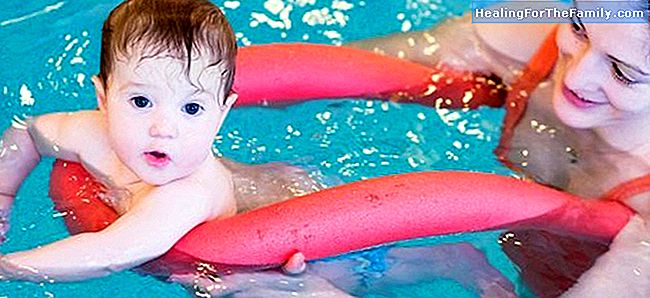
'We do not work with sleeves or with floaters because we have seen that they are not suitable', explains Cruz Lobo. The cuffs prevent moving the arms easily and keep the baby in balance, but nothing else, just like the float.
The baby is going to stay in a dead center, moving his legs, but the moment we remove his sleeves he will not know what to do with his arms. Therefore, although at first it might seem that the cuffs are good to maintain better balance, it will prevent them from moving their arms in a correct position ...
With the lifelong floats, the babies turn around, if we are not aware they can turn around and face up without being able to turn around on their own again to get afloat.
Recommended materials for learning to swim
Experts recommend these materials for infants and children who start swimming:
1. Cork board.In a more personalized way, a baby of about five months, can start with a cork board, which has a very large base and an adjustable hole where we put the child. With the table, the baby will acquire balance. 'We must keep the baby on the table, releasing it and holding it little by little, or giving it a little hand', explains Cruz Lobo.
2. Churro.The next step is the churrito with its connector, where the child would go inside with the connector centered in the front. With this material it costs more to maintain the balance than with the table, because it has less base. Here begins to work balance and flotation, while we hold and release little by little until the child acquires autonomy.
3. Whole belt.The whole belt is used at the beginning with two tablitas or two corks. With this material it is more difficult to maintain balance. At each step, we always add more difficulty and the babies must try harder to stay and move. The learning must be done with great patience and without haste.
4. Cork belt.Later we use a cork belt that we put on our backs. Normally, three corks are put in the back and two in front, and as it goes forward, we are removing tablitas.
5. Corks in the swimsuit.The easiest step is to place the corks in the swimsuit and remove them. We continue in an upright position, only when they have two or three small boards is when the child begins to go more horizontal.
Recommendations for going to the pool with the baby
If the material has already been reduced, we should never upload it, but if it goes to the beach or a pool in other conditions, where the water is colder or more turbulent we can put some Tablita more because it will cost them more to move at the beginning.
When they are a little older, el the free churrito is recommended, a material compatible with any of the above, that offers them freedom and helps them to go a little more inclined.A baby should not be more than half an hour in a water stimulation class because they get tired
. 'We recommend 20 classes a month distributed according to the availability of parents, but we always advise them that the more consecutive the classes the better', explains Cruz Lobo.According to the instructor, the best time to go to the pool with the baby is in the morning, since in the afternoon the children are more tired and may be less tired.


